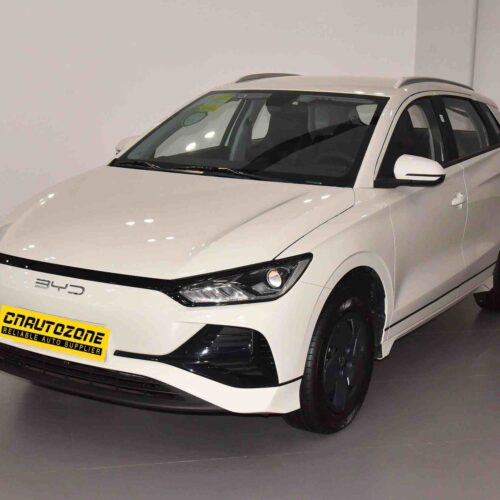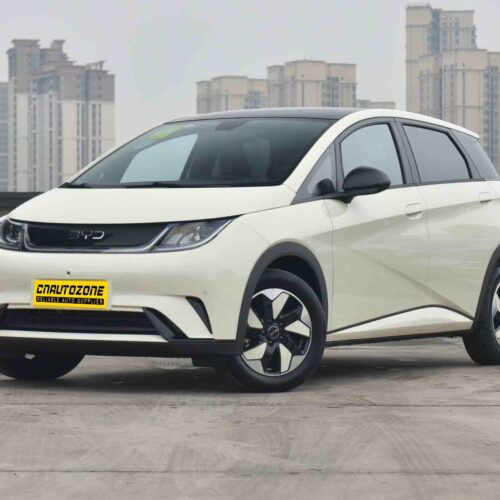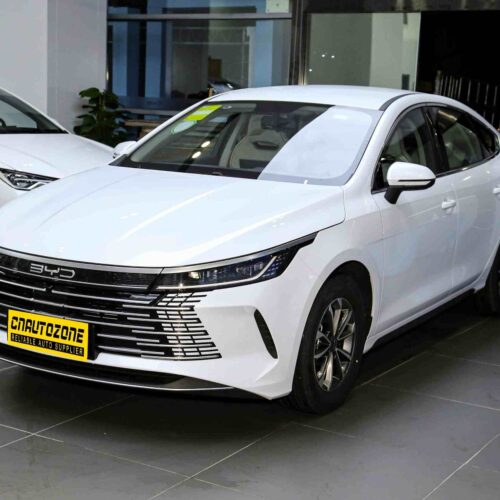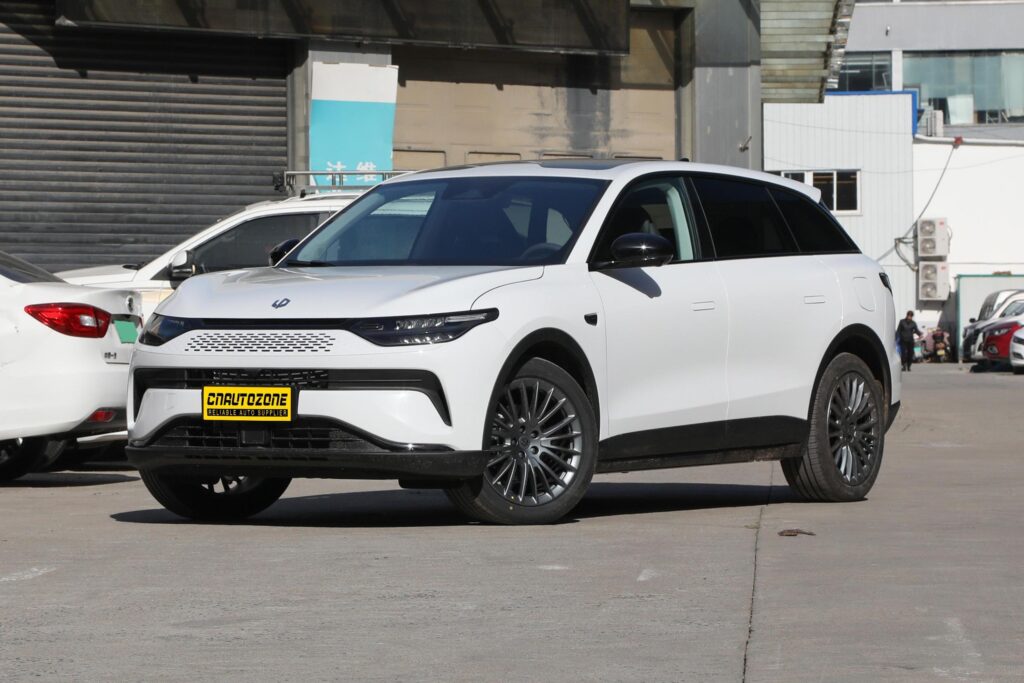Abstract
The European electric vehicle (EV) market has experienced exponential growth in recent years, driven by stringent environmental regulations, technological advancements, and changing consumer preferences. This essay provides a comprehensive analysis of the market capacity, development trends, and brand market shares within the European EV landscape. Additionally, it examines the competitive advantages that Chinese electric vehicle manufacturers bring to the European market. cnautozone-car expert

1. Introduction
The automotive industry is undergoing a transformative shift towards electrification, spurred by global efforts to reduce greenhouse gas emissions and combat climate change. Europe stands at the forefront of this transition, with ambitious targets set by the European Union (EU) to reduce carbon emissions and promote sustainable transportation solutions. The proliferation of electric vehicles is central to these efforts, positioning the European EV market as a critical component of the global automotive sector.
2. European Electric Vehicle Market Capacity
As of 2023, the European EV market has solidified its position as one of the largest and most dynamic markets worldwide. The capacity of the market can be assessed through several key indicators:
2.1. Sales Volume and Growth
- Annual Sales: In 2022, Europe saw over 2 million new electric vehicle registrations, encompassing both battery electric vehicles (BEVs) and plug-in hybrid electric vehicles (PHEVs).
- Market Penetration: EVs accounted for approximately 20% of all new car sales in Europe, showcasing a significant increase from previous years.
- Growth Rate: The compound annual growth rate (CAGR) for EV sales in Europe has exceeded 40% over the past five years, indicating robust market expansion.
2.2. Infrastructure Development
- Charging Stations: Europe has invested heavily in charging infrastructure, with over 300,000 public charging points installed across EU member states.
- Fast-Charging Networks: The emergence of ultra-fast charging stations is reducing range anxiety and enhancing the appeal of EVs to consumers.
2.3. Production Capacity
- Manufacturing Facilities: European automakers have retooled existing factories and established new production lines dedicated to EVs.
- Battery Production: Europe is increasing its battery production capacity through initiatives like the European Battery Alliance, aiming for self-sufficiency and reduced reliance on imports.
3. Development Trends in the European EV Market
Several trends are shaping the evolution of the EV market in Europe:
3.1. Government Policies and Incentives
- Regulatory Frameworks: The EU’s CO2 emission standards are among the most stringent globally, pushing manufacturers towards electrification.
- Incentives: Many European countries offer subsidies, tax exemptions, and other financial incentives to encourage EV adoption.
- Urban Restrictions: Low-emission zones in cities are limiting access for internal combustion engine vehicles, boosting EV sales.
3.2. Advancements in Technology
- Battery Technology: Improvements in energy density, charging speed, and battery lifespan are making EVs more practical and affordable.
- Vehicle Range: The average range of new EV models now exceeds 300 kilometers per charge, alleviating range anxiety.
- Connectivity and Autonomy: Integration of advanced driver-assistance systems (ADAS) and connected car technologies enhances the value proposition of EVs.
3.3. Consumer Behavior
- Environmental Awareness: Growing concern over environmental issues is influencing consumer preferences towards sustainable mobility options.
- Total Cost of Ownership (TCO): Lower operating and maintenance costs of EVs are becoming more apparent to consumers.
- Brand Perception: Established and emerging brands are competing on innovation, design, and performance to attract buyers.
3.4. Industry Collaboration
- Joint Ventures: Automakers are entering partnerships to share the high costs of EV development and infrastructure.
- Standardization: Efforts to standardize charging interfaces and protocols are improving the user experience.
4. Market Share Analysis by Brand
The competitive landscape of the European EV market is diverse, with both legacy automakers and new entrants vying for market share.
4.1. Leading Brands
- Volkswagen Group
- Market Position: Volkswagen has emerged as a market leader in Europe, leveraging its modular electric drive matrix (MEB) platform.
- Key Models: ID.3 and ID.4 have been well-received, combining practicality with advanced features.
- Tesla
- Market Position: Tesla maintains a strong presence due to its early entry and pioneering technology.
- Key Models: Model 3 and Model Y are popular choices, known for their performance and extensive Supercharger network.
- Renault-Nissan-Mitsubishi Alliance
- Market Position: The alliance benefits from a strong European footprint and a range of affordable EVs.
- Key Models: Renault Zoe and Nissan Leaf are among the best-selling models in their segments.
- Hyundai Motor Group
- Market Position: Hyundai and Kia offer competitive EVs with attractive designs and features.
- Key Models: Hyundai Kona Electric and Kia e-Niro have gained popularity for their value proposition.
- BMW and Daimler (Mercedes-Benz)
- Market Position: Luxury automakers are expanding their EV lineups to meet demand in the premium segment.
- Key Models: BMW iX, i4, and Mercedes-Benz EQ series combine luxury with electric performance.
4.2. Emerging Players
- Chinese Manufacturers
- Brands like BYD, NIO, and SAIC Motor are entering the European market with competitive offerings.
- Startups and New Entrants
- Companies such as Polestar and Lucid Motors are attracting attention with innovative technologies and designs.
4.3. Market Share Dynamics
- Shifts in Leadership: Market shares fluctuate due to factors like new model releases, supply chain disruptions, and changes in incentives.
- Competition: The increasing number of players intensifies competition, leading to better products and services for consumers.
5. Advantages of Chinese Electric Vehicles in Europe
Chinese EV manufacturers are making strategic moves to capture a portion of the European market, bringing several advantages:
5.1. Cost Efficiency
- Economies of Scale: China’s vast domestic market allows manufacturers to achieve high production volumes, lowering unit costs.
- Affordable Pricing: Competitive pricing strategies make Chinese EVs attractive to cost-conscious consumers.
5.2. Technological Advancement
- Battery Technology: Chinese companies are leaders in battery innovation, with firms like CATL supplying advanced batteries globally.
- Vehicle Technology: Integration of features such as AI-assisted driving, advanced infotainment systems, and smart connectivity.
5.3. Diverse Product Portfolio
- Range of Models: From compact urban cars to luxury SUVs, Chinese manufacturers offer a wide spectrum of vehicles.
- Customization: Flexibility in production allows for tailoring vehicles to meet specific market demands.
5.4. Government Support
- Policy Backing: Strong support from the Chinese government in terms of subsidies and incentives fosters international expansion.
- Belt and Road Initiative: Facilitates trade relationships and infrastructure investments in participating countries, including those in Europe.
5.5. Strategic Partnerships
- Collaboration with European Firms: Joint ventures and collaborations with local companies aid market entry and compliance with regulations.
- Investment in Local Infrastructure: Establishing research and development centers and manufacturing plants in Europe to strengthen their foothold.
5.6. Rapid Innovation Cycle
- Agility: The ability to quickly adapt to market trends and consumer feedback accelerates the deployment of new technologies.
6. Challenges Facing Chinese EV Manufacturers in Europe
While Chinese EVs have advantages, they also face challenges:
6.1. Regulatory Compliance
- Standards and Regulations: Navigating the complex regulatory environment of the EU requires significant investment in compliance.
- Certification Processes: Ensuring vehicles meet safety and environmental standards is essential.
6.2. Brand Recognition and Trust
- Consumer Perception: Building trust in new brands takes time, especially in markets with long-established competitors.
- Quality Assurance: Addressing concerns about product quality and after-sales service is critical.
6.3. Trade and Political Factors
- Tariffs and Trade Policies: Geopolitical tensions and trade policies can impact market access and operating costs.
- Intellectual Property Concerns: Ensuring robust IP practices to avoid disputes and build credibility.
-
 BYD e2$12,222.00 – $13,105.00
BYD e2$12,222.00 – $13,105.00 -
 BYD dolphin$14,114.00 – $17,898.00
BYD dolphin$14,114.00 – $17,898.00 -
 BYD Destroyer 05$11,591.00 – $17,772.00
BYD Destroyer 05$11,591.00 – $17,772.00
7. Conclusion
The European electric vehicle market is rapidly expanding, characterized by increasing capacity, evolving development trends, and a competitive landscape shaped by both established and emerging brands. Chinese electric vehicle manufacturers bring significant advantages to the market, including cost efficiency, technological prowess, and a diverse product range. However, success in Europe requires navigating regulatory complexities, building brand recognition, and overcoming consumer skepticism.
The interplay between European and Chinese manufacturers is likely to drive innovation, improve affordability, and accelerate the adoption of electric vehicles. This dynamic will contribute positively to Europe’s environmental goals and the global transition towards sustainable transportation. cnautozone-car expert
References
- European Automobile Manufacturers Association (ACEA) Reports
- International Energy Agency (IEA) – Global EV Outlook
- European Commission – EV Policies and Regulations
- Market Research Firms – Data on EV Sales and Market Shares
- Company Reports and Press Releases from Automakers
- Industry Analysis by Automotive Experts and Publications

